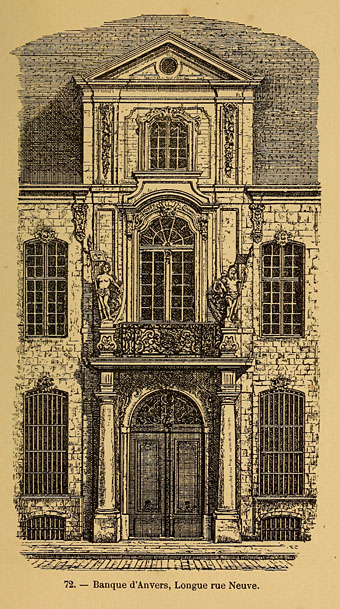
Édifices Anciens: Fragments et Détails, Anvers is a surprise for being an example of early book by the Belgian artist and author, Jean de Bosschère, which is devoid of the idiosyncratic features of the artist’s later style, a style whose curious figures, human or otherwise, make de Bosschère a Belgian equivalent of Sidney Sime. Édifices Anciens was published in 1907, and if the illustrations lack the artist’s invention the architectural details that the drawings depict are inventive in their own way, being examples of the baroque style common to the old buildings of Belgium and the Netherlands.
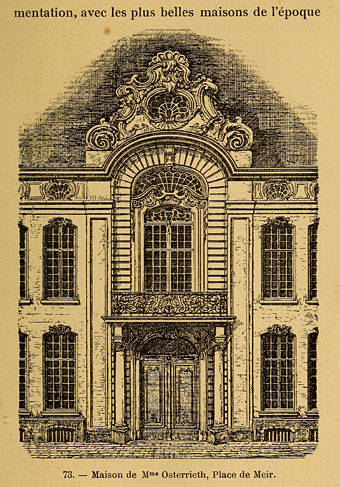
Anvers is the French name for Antwerp, a city with many facades that peak into those wonderful ogee flourishes, corner finials and crow-step gables that look (to English eyes) typically Belgian and very un-English. One of the few places you’ll see facades like these in England is the city of Hull whose status as a port meant traffic with the Low Countries in architectural styles as well as in goods. (Crow-step gables are a common feature of buildings in Scotland, however, a nation whose architectural idioms are the first signal to a visitor from the south that you’re in a different country.)
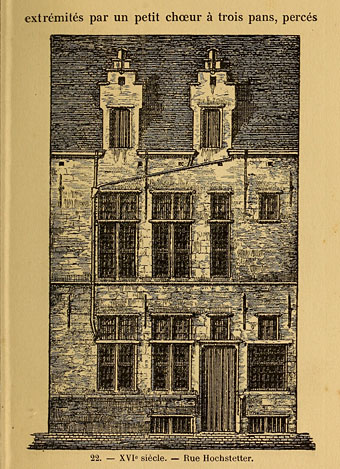
Édifices Anciens may be browsed here or downloaded here. For more typical examples of Jean de Bosschère’s drawing style see the links below.
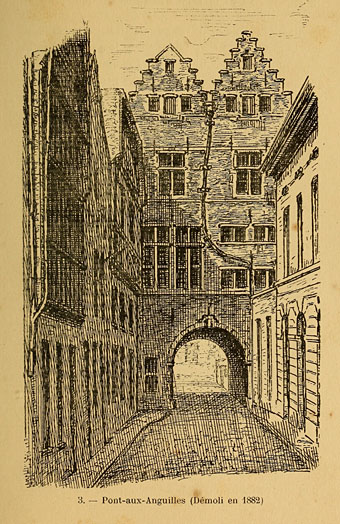
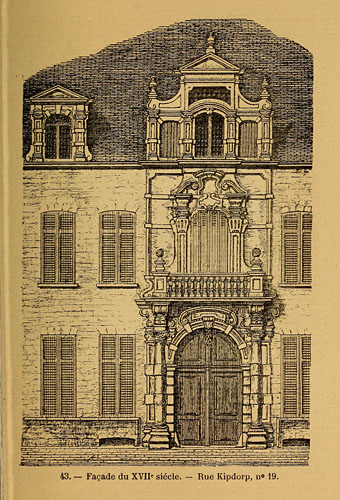
Continue reading “Édifices Anciens: Fragments et Détails, Anvers”






